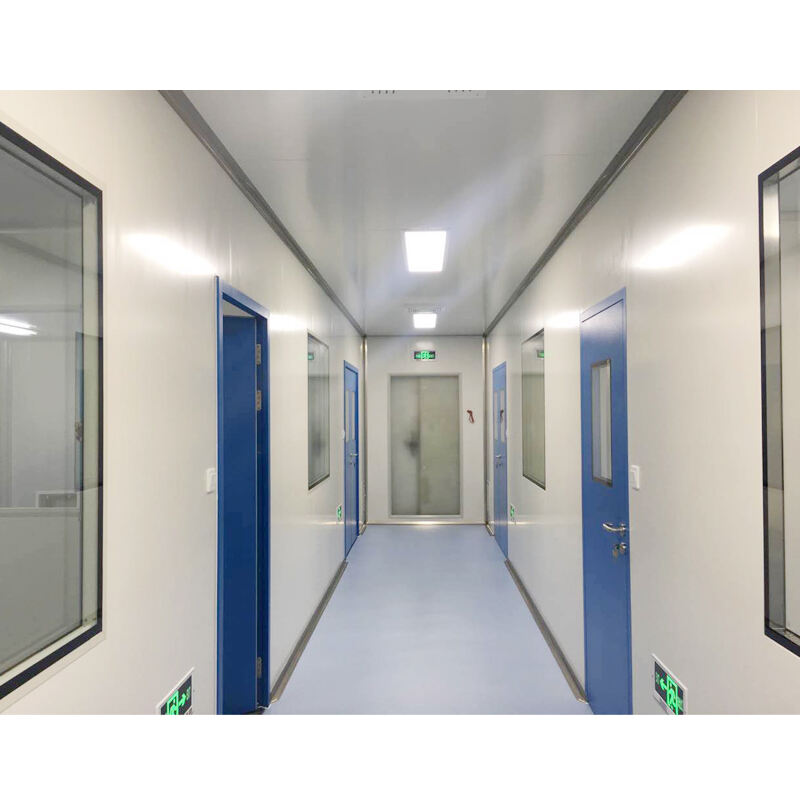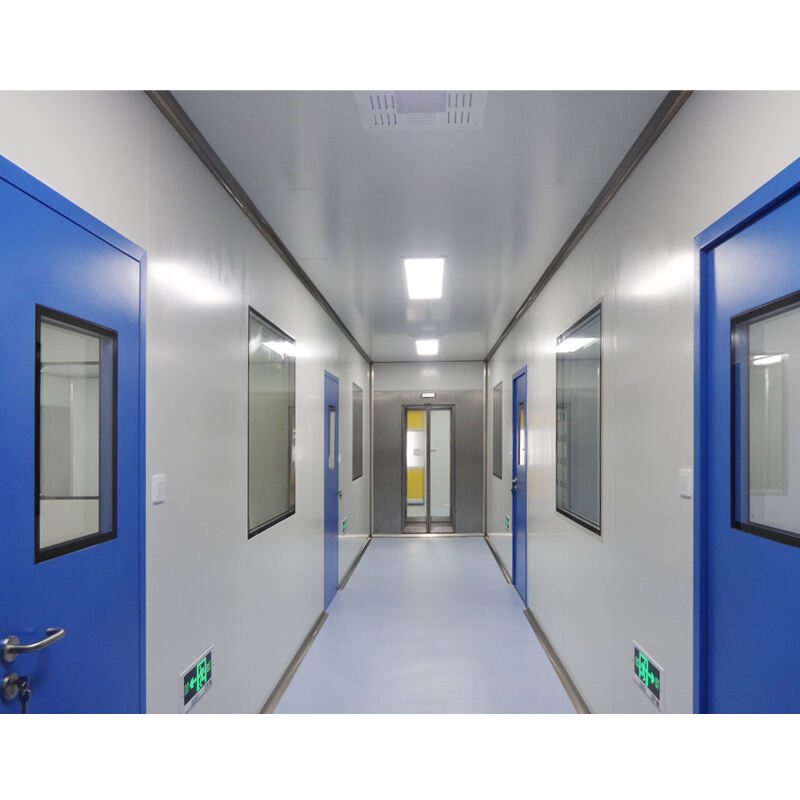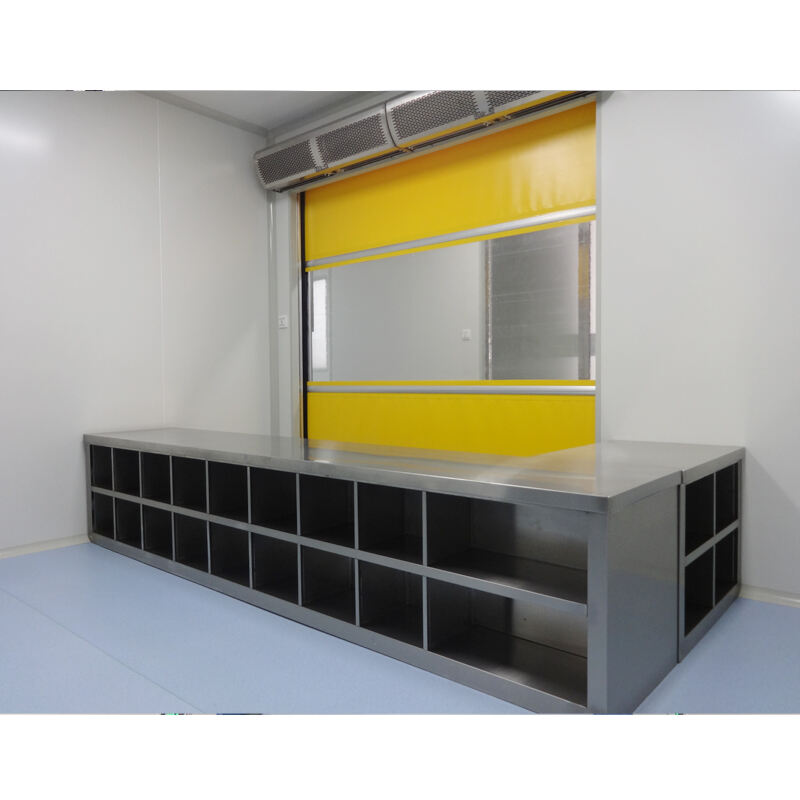pharma clean room
A pharmaceutical clean room represents a meticulously controlled environment designed to maintain exceptionally low levels of particulates, such as dust, airborne microorganisms, and aerosol particles. These specialized facilities are essential in pharmaceutical manufacturing, ensuring product quality, safety, and compliance with stringent regulatory requirements. The clean room features advanced HVAC systems with HEPA filtration, maintaining precise temperature, humidity, and pressure differentials. Personnel access is strictly controlled through airlocks and gowning rooms, where operators don specialized clean room garments to prevent contamination. The facility incorporates smooth, non-porous surfaces that resist microbial growth and facilitate thorough cleaning. Modern pharma clean rooms are equipped with real-time monitoring systems that continuously track environmental parameters, including particle counts, air pressure, temperature, and relative humidity. These facilities support various pharmaceutical operations, from research and development to large-scale production of sterile medications, ensuring consistent product quality and patient safety. The design adheres to international standards such as ISO 14644 and GMP guidelines, with regular testing and certification maintaining operational excellence.


